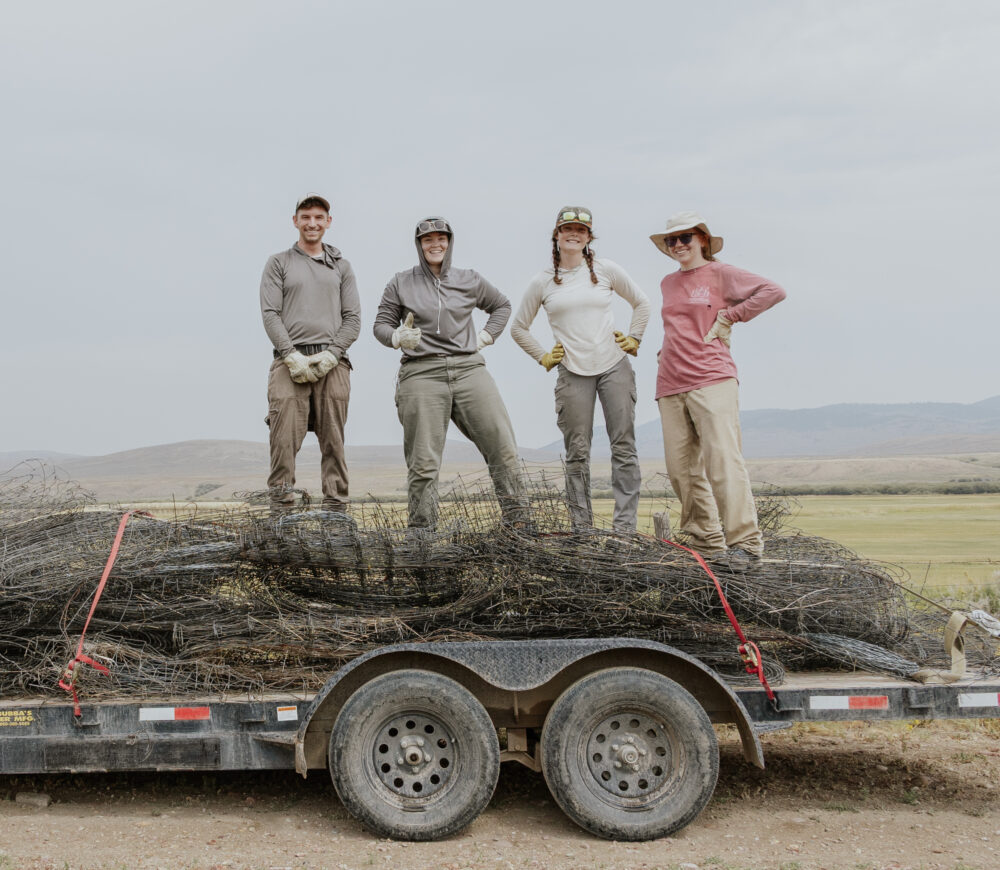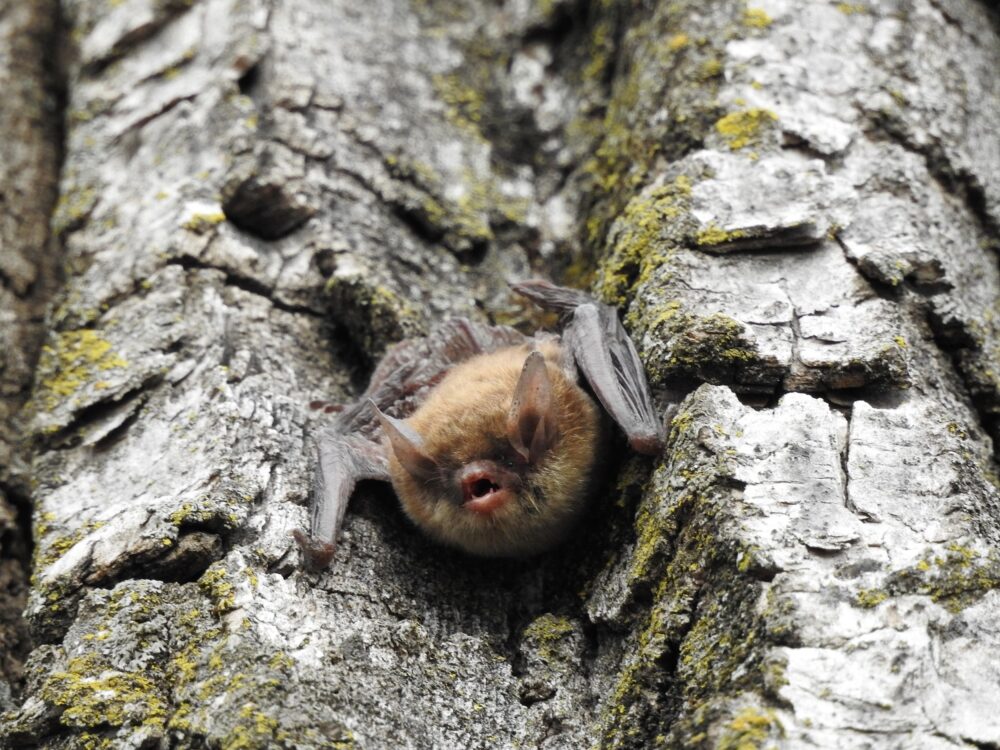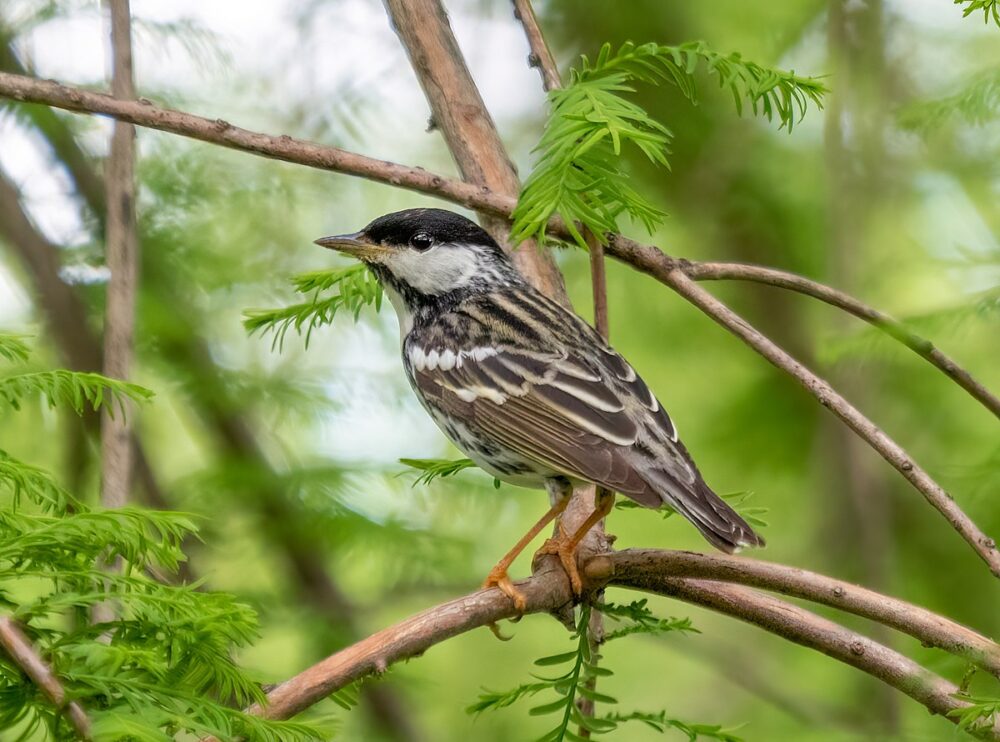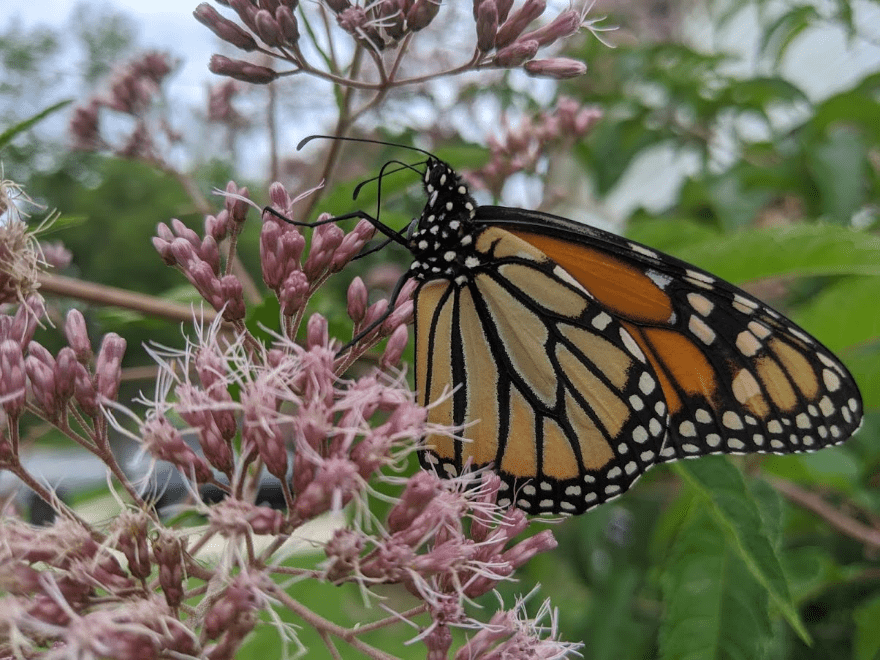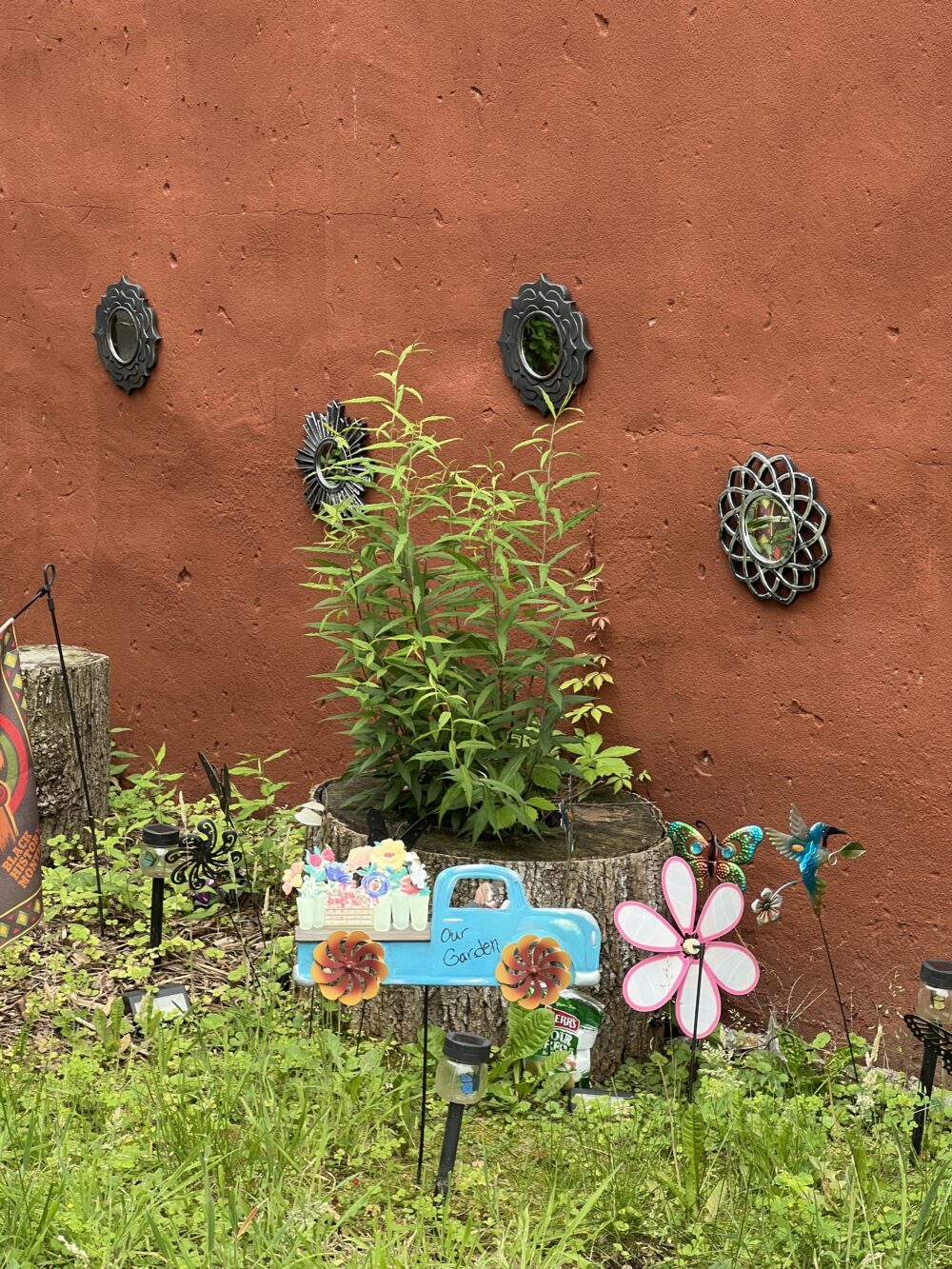We have much more to do and your continued support is needed now more than ever.
Need for Increased Bison Conservation
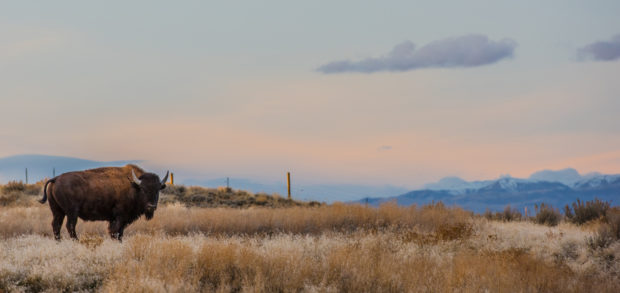
In mid-January, a containment fence was illegally cut on Yellowstone National Park’s Stephens Creek Quarantine Facility, allowing more than 50 bison to escape. Approximately half of the bison being held were slated for relocation to the Fort Peck Tribes’ bison program as part of an effort to relocate genetically-pure, brucellosis-free Yellowstone bison to tribal lands as an alternative to the annual practice of culling the herd by shipment to slaughter.
This illegal bison release highlights a decades-long conflict over how bison are managed in Yellowstone National Park. The current policy focuses on shipment of bison to slaughter each winter as a means of population management. The Fort Peck Tribes and other tribal governments have offered to quarantine and relocate these bison to tribal lands for cultural and conservation purposes. An efficient bison translocation program to transport brucellosis-free bison to tribal and other lands rather than to slaughter is desperately needed to reduce conflict at Yellowstone and to restore our national mammal to parts of its historic range. While Interior Secretary Ryan Zinke and Park officials have opened a criminal investigation into the illegal release, the buffalo meant for Fort Peck will not be able to be rounded up again and under current management policies could be subject to slaughter if they wander outside the Park.
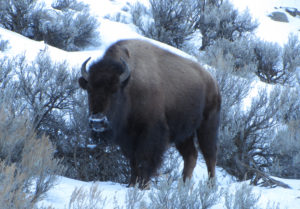
“The Fort Peck Tribes are committed to restoring Yellowstone buffalo to additional places where they once roamed,” said Fort Peck Tribal Chairman Floyd Azure. “We have built a quarantine and relocation facility on our lands for Yellowstone buffalo and have provided a place for our growing cultural herd. It’s time for Governor Bullock, Secretary Zinke and Secretary Perdue to implement our common-sense plan and help end the controversial and needless Yellowstone bison slaughter.”
Bison conservation is complex, frustrating, and slow work. Progress is measured in incremental gains and by building trust between ranchers, conservationists, tribal governments and state and federal partners. That work was brought to an unexpected halt with the illegal release of the bison from Stephens Creek.
While there is no excuse for the vandalism of the Stephens Creek fences, this illegal action calls into question the process by which we decide which bison go to slaughter, to tribes, to public land or to other conservation herds. The incident at Stephens Creek shows that a secure, dedicated facility and an expedited process are needed to certify bison as disease-free for relocation to places working to establish new conservation herds. With any bison leaving the Greater Yellowstone Area, there is a process that is required by state and federal agencies. This is so the disease brucellosis, which can be spread between wildlife and domestic cattle, does not leave the Yellowstone area where it is currently contained.
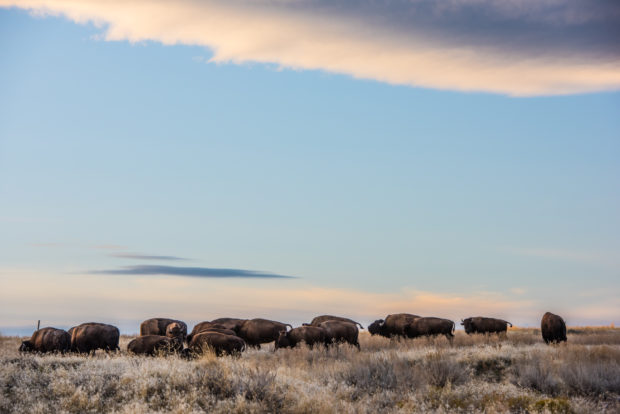
The National Wildlife Federation encourages the Department of Interior to identify ways to implement better quarantine protocols and expedite the testing and relocation of disease-free bison to willing tribal and public lands both in Montana and elsewhere. The greatest progress over the last 20 years has been accomplished by Native Americans whom have brought bison back to the Fort Peck, Fort Belknap and the Blackfeet Reservations in Montana and on other tribal lands around the West.
We’ve seen good progress in the last few years with increased tolerance for bison outside of Yellowstone National Park. Beyond a few instances of incremental progress, finding new places to put bison other than tribal ground remains elusive.
It is time to look at increased efficiency in moving disease-free bison to places where they can thrive. It is time to look at other places that make sense for bison conservation on public lands, with the appropriate safeguards for livestock producers and private property owners. It is time for both the state of Montana and the federal government to find a path forward on bison that honors tribal commitments, and state trust responsibilities to conserve valued species.
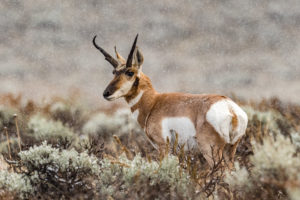
More than 100 years ago, Theodore Roosevelt catalyzed efforts to save bison from extinction and issued the first call for conserving this native species. The time is now to move forward judiciously and incorporate the best science, safeguards for private property and opportunities to increase the number of wild bison in the United States. Solving the quarantine bottleneck is a significant step in this process and is supported by the vast majority of stakeholders as we look to other ways to conserve our national mammal. The National Wildlife Federation stands ready to assist state and federal officials to find that common sense path forward in finishing the job that Theodore Roosevelt started.
Learn more about our work with tribal lands, tribal partners, and bison.






